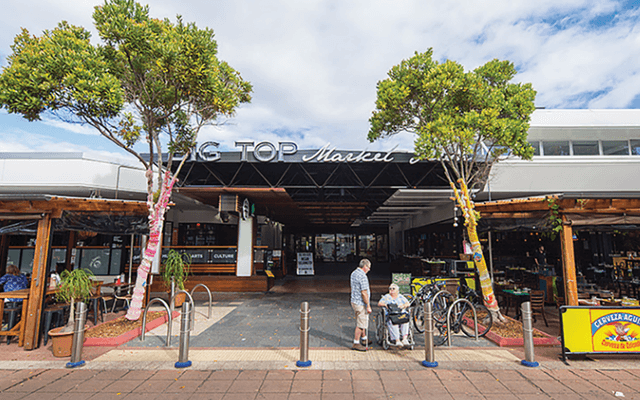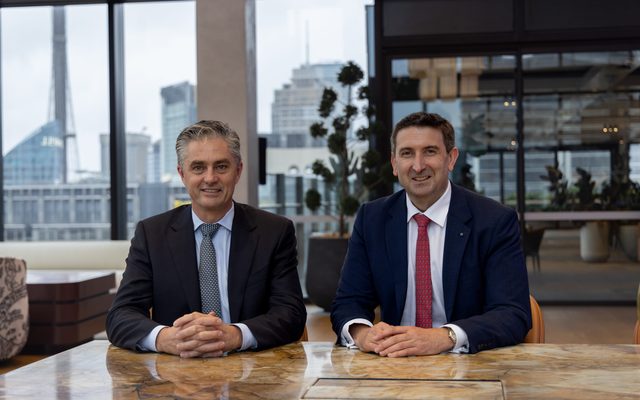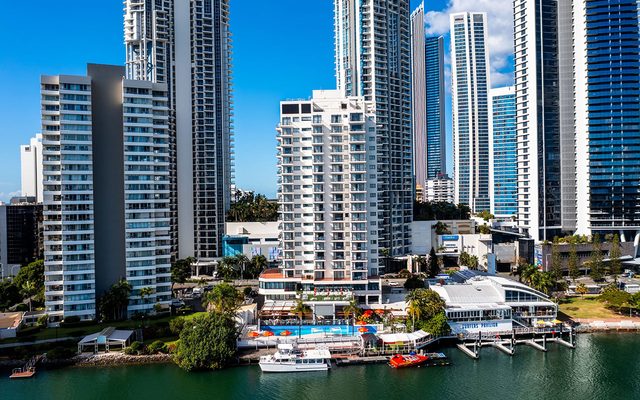This article is from the Australian Property Journal archive
INVESTORS searching for superior returns need to shift their focus from passive premium and core assets, to secondary real estate, according to LaSalle Investment Management.
In an interview with Property Review, LaSalle Investment Management’s regional head of research and strategy Paul Guest and associate director Alexandra Gray said investors will gradually move up the risk curve in 2013.
Guest said the demand for core opportunities has not diminished and it is only projected to grow as Asian pension, insurance and sovereign wealth funds expand their allocations to real estate.
“This is making core more expensive,” he added.
As a result, Guest said investors looking to buy core real estate will need to pay a premium and are trading the upside from repositioning secondary assets for the security of income derived of premium assets.
And whilst prime and core real estate are passive investments because they do not require additional CAPEX and active management to reposition the property, Guest said those investors will see limited growth because prices have already moved up.
“But for certain investors, the entry price is worthwhile given the quality of the income stream. This demand can also make value-add strategies attractive, by restoring quality income streams through active asset management.
“As a result, investors will increasingly seek additional returns by accepting additional risk, whether through leasing, leverage or location. This risk-taking should broaden provided there is no additional shock and stimulus rekindles growth as anticipated, allowing the momentum to build as economic and financial conditions improve,” he added.
Guest’s comments echoes that of Australand CEO Bob Johnson, who told the Australian Property Institute’s Pan Pacific Congress in October that the scarcity of investment grade stock meant companies have to adopt different strategies and Australand has decided to “develop into the cycle” rather than compete with existing players for assets.
This strategy delivered results for the group, such as 357 Collins St in Melbourne’s CBD, which has secured the Commonwealth Bank as a major tenant. 357 Collins St was famously dubbed the “ghost” office building, standing vacant for over a decade before Australand bought it in 2010 from a Chinese investor Maxicity for $45 million.
LaSalle Investment Management is not only providing an outlook, it is walking the talk ahead of everybody else. Earlier this year, LaSalle commenced work on the $60 million redevelopment of Kippa-Ring shopping centre, 27km north-east of the Brisbane CBD. It bought the 40-year old centre in October 2010 for $22.7 million.
And last year it splurged $200 million on the Novotel on Collins hotel and Australia on Collins shopping centre in the Melbourne CBD and prior to that, it bought the Sofitel Wentworth hotel in the Sydney CBD for $130 million from Tourism Asset Holdings Limited. TAHL paid $150 million for the hotel in April 2006 from City Freeholds.
Guest said CEOs and institutional investors are catching up to the idea of acquiring secondary real estate that require CAPEX, active management and return them to core.
In Australia, LaSalle Investment Management Alexandra Gray listed some of the best real estate opportunities. In the office sector, she said B-grade buildings in major CBDs will provide the best return as pricing of core assets remain sharp, making investors open to a slight widening in the definition of core. The secondary opportunities are in risk capital for development projects.
In the retail market, Gray said mismanaged neighbourhood and sub-regional centres with a non-discretionary tenant base continue to offer stable income yields.
“With less exposure to discretionary categories, these centres will be more resilient to growth in online spending,” she added.
Recently private equity giant Blackstone Group bought Sydney’s Top Ryde shopping centre for just $340 million, which was well below the $720 million it cost to build.
The centre has been on and off the market for the past two years, and was put up for sale in August this year by receivers Joseph Hayes and Jason Preston from McGrathNicol, on behalf of a syndicate of five banks. It was sold by Jones Lang LaSalle’s Simon Rooney.
It was placed in the hands of receivers in February last year after property magnate John Beville and his company Bellevista went into administration owing $900 million. In late 2010 Neville was in negotiations to sell the centre for $700 million but the deal did not go ahead.
In the industrial market, Gray said modern warehouses are attractive in Australia for core strategy, in particular facilities connected to major ports and infrastructure.
Meanwhile Gray said the best opportunities in the residential sector are inner urban developments in Sydney and Brisbane.
Guest said LaSalle Investment Management wants to acquire more hotels.
Guest said the strategy is to acquire assets that provide stable core-like returns but are not traditionally perceived as core.
In Australia, the hotel property market has outperformed the office, industrial and retail markets in the 12 months to September.
According to IPD Australia’s Australian Commercial Property Index, despite posting a significant decline of 620bps over the year, the hotel sector delivered a total return of 11.4% — compared to the four sectors average of 9.7%, 10.1% for the office sector, 9.8 for the industrial sector and 8.8% for the retail market.
“In hotels, top performers will be 3-4 star hotels in core business hubs for income, while some growth returns can be achieved by delivering limited service hotels in supply constrained major markets,” Guest said.
Property Review



